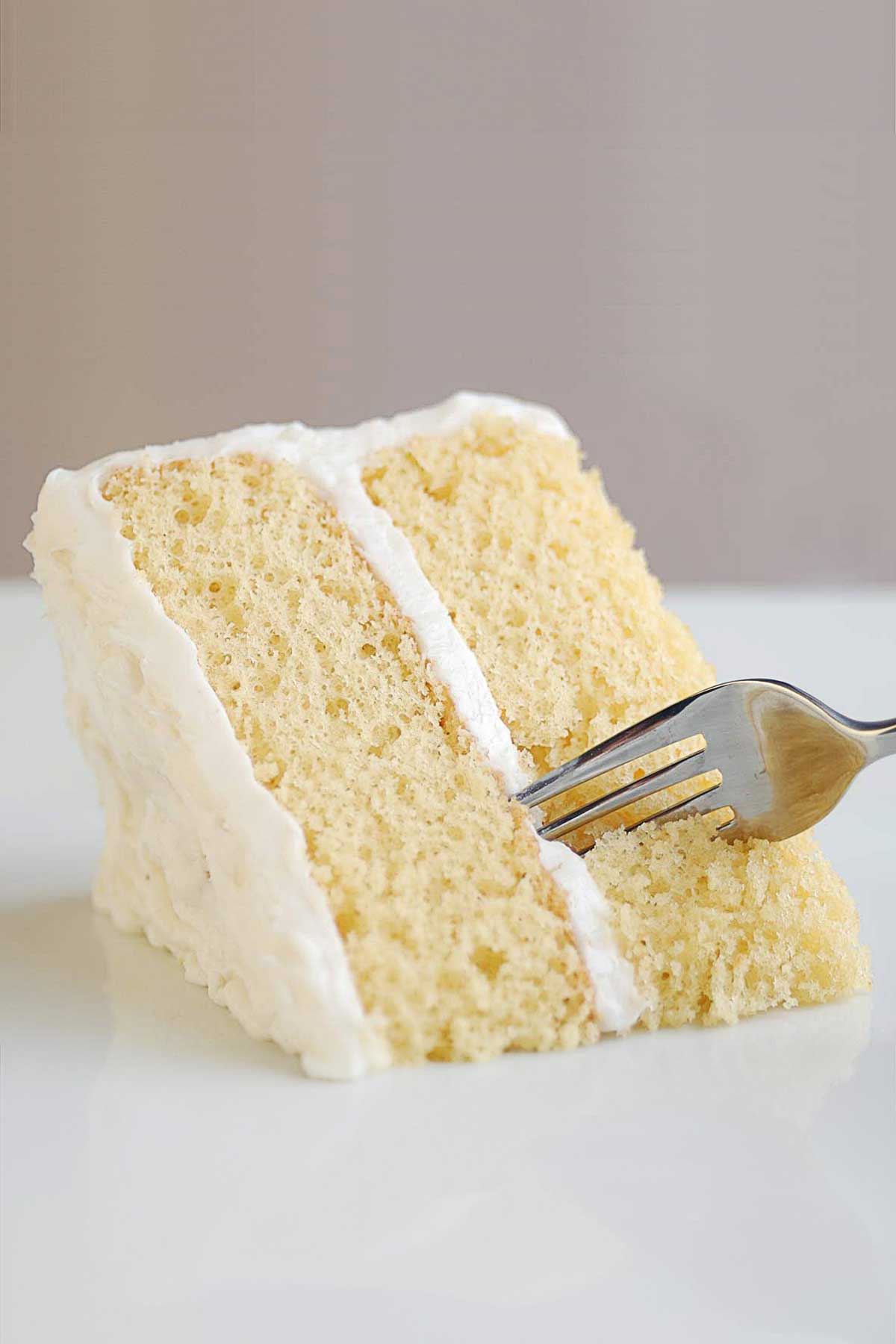
This is my go-to cake. Get this white cake recipe down and you can make variations so tasty no one will ever realize they all rely on the same cake. Top it with candied rose petals, use it for cupcakes, make it into a layer cake with cranberries and buttercream, or with whipped cream and fruit, or with your favorite frosting. I’ve layered it with sautéed pears, roasted peaches, or crushed berries in the middle. I’ve filled it with coffee ice cream and poured chocolate glaze over the top. There are endless ways to dress up this cake.–Emily Luchetti
What is a white cake?
While this isn’t technically a true white cake because of the addition of egg yolks, it’s pretty darn close. It’s known for its fine, moist crumb as well as its pale hue, which you can make even paler by using a clear vanilla extract as noted in the ingredients list.
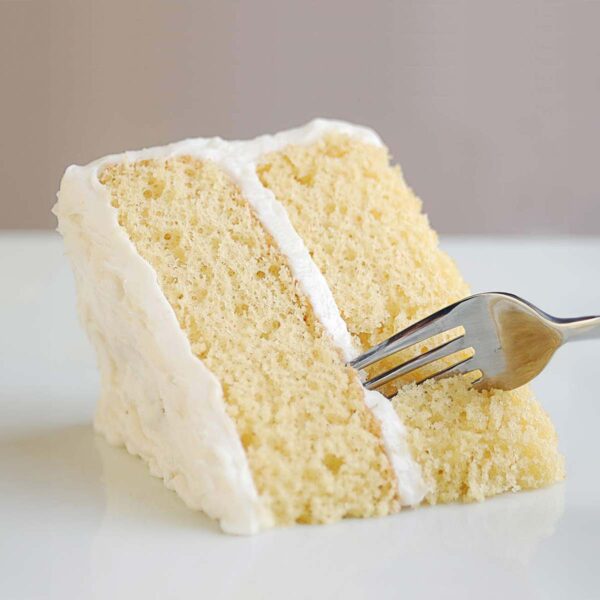
White Cake
Ingredients
- 2 1/2 cups unbleached all-purpose flour, plus more for the pans
- 1 teaspoon baking soda
- 1 teaspoon baking powder
- 1/2 teaspoon kosher salt
- 2 sticks (8 oz) unsalted butter, softened, plus more for the pans
- 2 cups granulated sugar
- 4 large eggs
- 1 cup buttermilk, (either low-fat or full-fat), or 1 cup whole milk mixed with 1 teaspoon lemon juice
- 2 teaspoons vanilla extract (or for a truly white cake, seek out clear vanilla extract)
Instructions
- Preheat the oven to 350°F (176°C). Adjust the oven rack to the middle position. Butter the bottoms and sides of two 9-by-2-inch (23-by-5-cm) round cake pans and coat them evenly with flour, tapping out the excess.
- In a large bowl or on a large piece of parchment paper, sift the flour, baking soda, and baking powder together with a sifter or with a fine strainer by gently tapping your hand against the edge. Add the salt (you can just leave it on top of the flour pile because it will get mixed in later). Set aside for the moment.
- Using a stand mixer or a handheld mixer, beat the butter and sugar together, first on low speed and then gradually increasing the speed to medium until the mixture is smooth. Scrape down the side of the bowl with a rubber spatula and then mix in the eggs, 1 at a time, just until combined.
- In a glass measuring cup, combine the buttermilk or milk and lemon juice mixture with the vanilla. With the mixer on medium-low speed, add half of the milk mixture to the butter mixture. Mix until incorporated, and then scrape down the side of the bowl. Mix in half of the sifted ingredients and then scrape down the side of the bowl. Add the remaining milk mixture and sifted ingredients in the same manner.
- Divide the batter between the pans and smooth the top with the spatula. Bake the cakes until a skewer inserted in the middle comes out clean or the cake has slightly pulled away from the side of the pan, 20 to 30 minutes or so. (If you leave the cakes in the oven longer than 20 minutes, you may need to cover them loosely with foil to prevent overbrowning. And if you put the cake pans on different racks in the oven, switch the pans halfway through baking so they’ll bake evenly.)
- Let the cakes cool in their pans on a wire rack. Unmold them by running a small knife around the edge of the pans and then placing a plate on top of each cake and inverting the pan and plate. Remove the pans and let the cakes cool completely before frosting. (The wrapped cake layers keep at room temperature for a few days or in the freezer for up to a couple of months.) Originally published February 20, 2012.
Notes
LOOKING FOR A FROSTING?
You know what we love about Luchetti? She doesn’t pretend to know which frosting we’ll be partial to on a particular day, instead trusting the home baker to rely on experience and preference when it comes to that momentous decision. If you find yourself in need a suggestion, we’re partial to a billowy, whimsically named marshmallow frosting, also known as seven-minute frosting Delicate yet sturdy, light as air yet luscious as can be, it boasts a sweet, sweet, sweetness that envelopes this cake to stunning effect.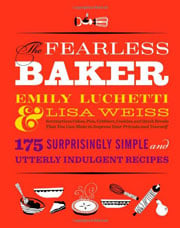
Nutrition
Nutrition information is automatically calculated, so should only be used as an approximation.
Recipe Testers’ Reviews
The title of this recipe says it all—but there’s nothing plain about how DELICIOUS the flavor and texture of this white cake is on its own. On the other hand, it’s classic because it is easy, uses ingredients you normally have in your pantry, and can be topped with anything you want.
I bought some fresh berries and cream to top the cake with, but I didn’t end up using them because it was so tasty on its own. We have houseguests for the long weekend, and this cake has become dessert and breakfast both days so far.
I would probably cover the cakes with foil after about 20 minutes of cooking so that the tops don’t get too brown during the remainder of the baking time. I loved this cake and will certainly be making it again—very soon.
Classic but not blah, this cake is definitely going to be added to my baking repertoire. The cake wasn’t overly sweet, therefore, it was a great base for a rich and dark chocolate frosting. The cake remained moist even on day three.
I was surprised to see a cake recipe without cake flour and do think it is denser than what you may get from a boxed mix, but I think that lends a homemade quality to it that reminds me of cakes my mother used to make. Plus, you can taste the real vanilla (use the best vanilla you can find).
It’s nice to have a simple recipe that doesn’t require cake flour, since I don’t always have it on hand. The cake ended up being a pale yellow. This didn’t really make a difference to me, but if you are hoping for pure white cake, a recipe without egg yolks may be a better choice. Also, Luchetti’s book provides helpful tips, in a conversational format, and is definitely worth reading along with the recipe.
Everyone can use a classic white cake recipe, and this one is really easy and quick to throw together. I always use parchment paper in the bottom of my pans (after a disaster where half the cake stuck to the pan and friends were coming for dinner), so there was no issue with removing the cakes.
They took about 30 minutes to bake in my oven. This would make a great birthday cake, frosted anyway you like it. I served it with freshly whipped cream and sliced strawberries from the garden. The only thing I would change next time is to cut the sugar—maybe even in half—because I found the cake itself really sweet.
I saw a photo online of a cookie monster cake, and I wanted to duplicate it. So I decided to use this recipe as well as David’s chocolate chip cookie recipe. Due to my following a gluten-free diet, I used gluten-free all-purpose flour. The cake was very good. It was not too sweet, yet sweet enough to enjoy. Even after 3 days it still tastes good. This was an easy recipe and definitely one to make again.
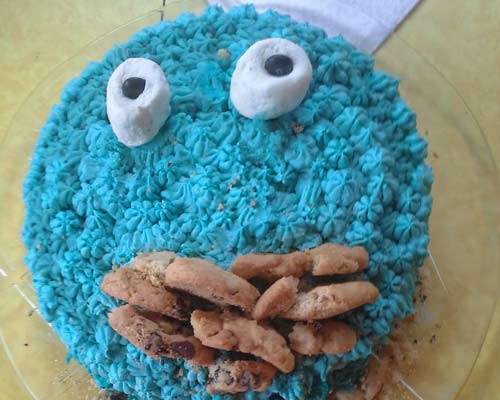
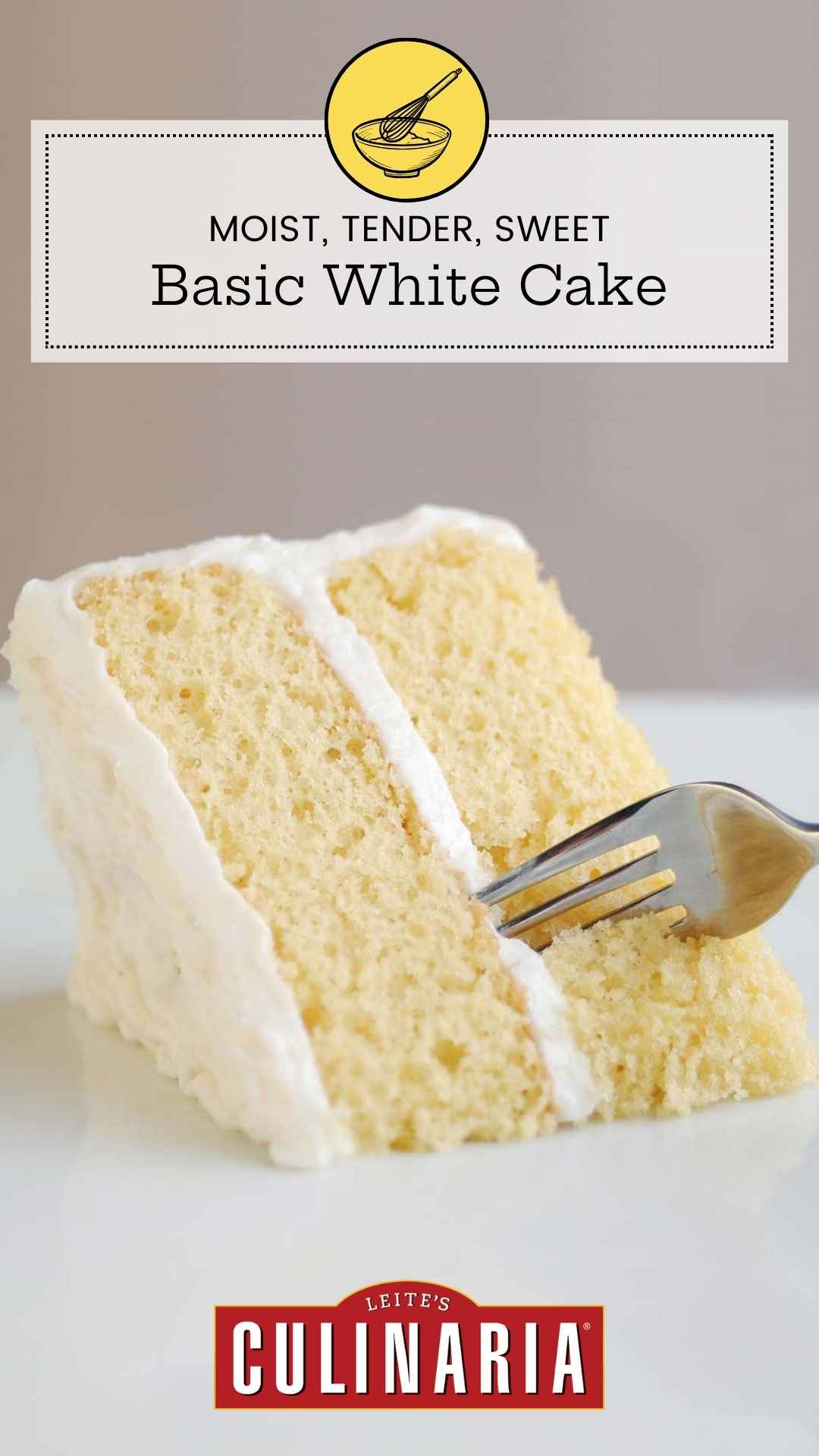
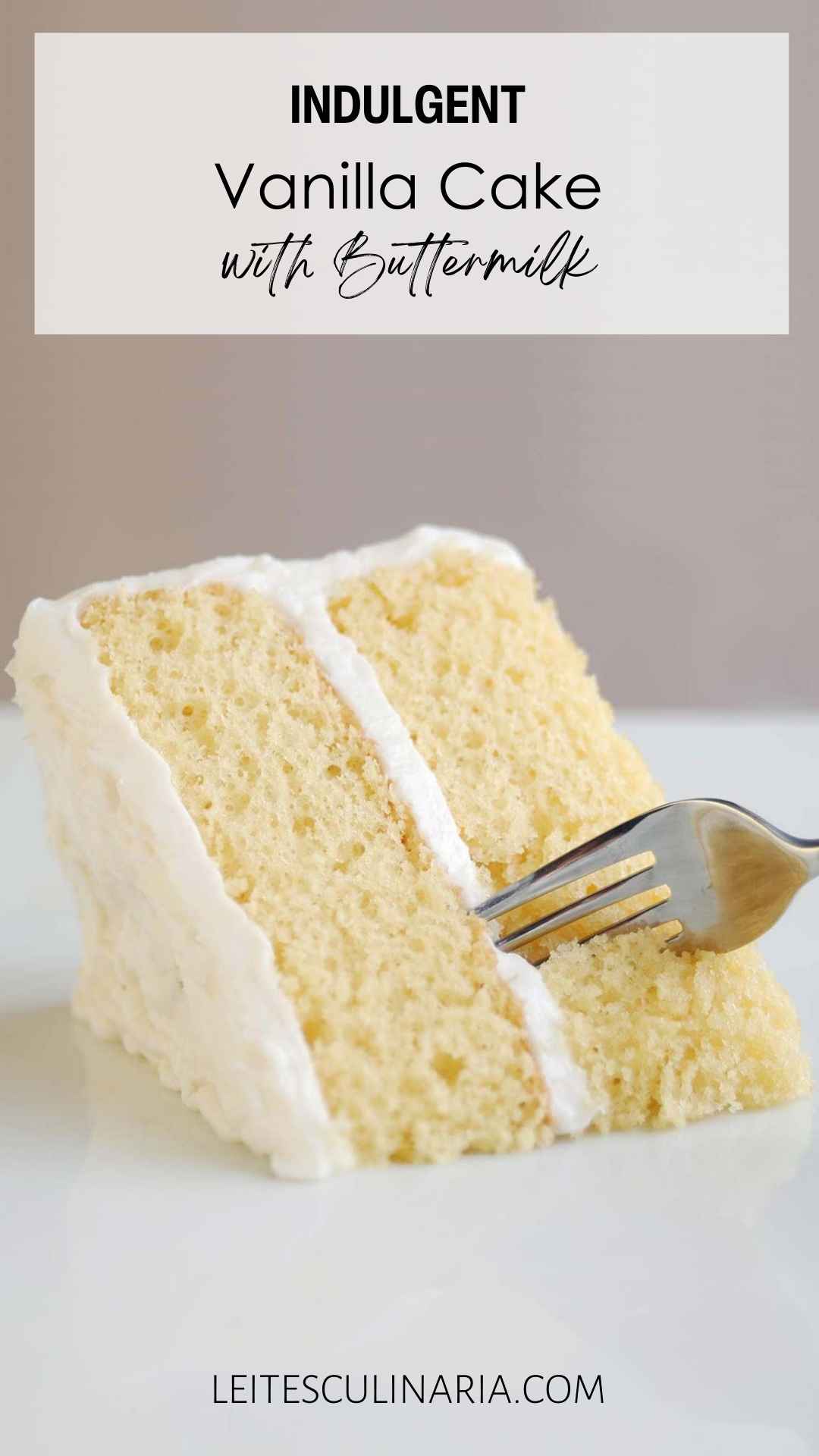
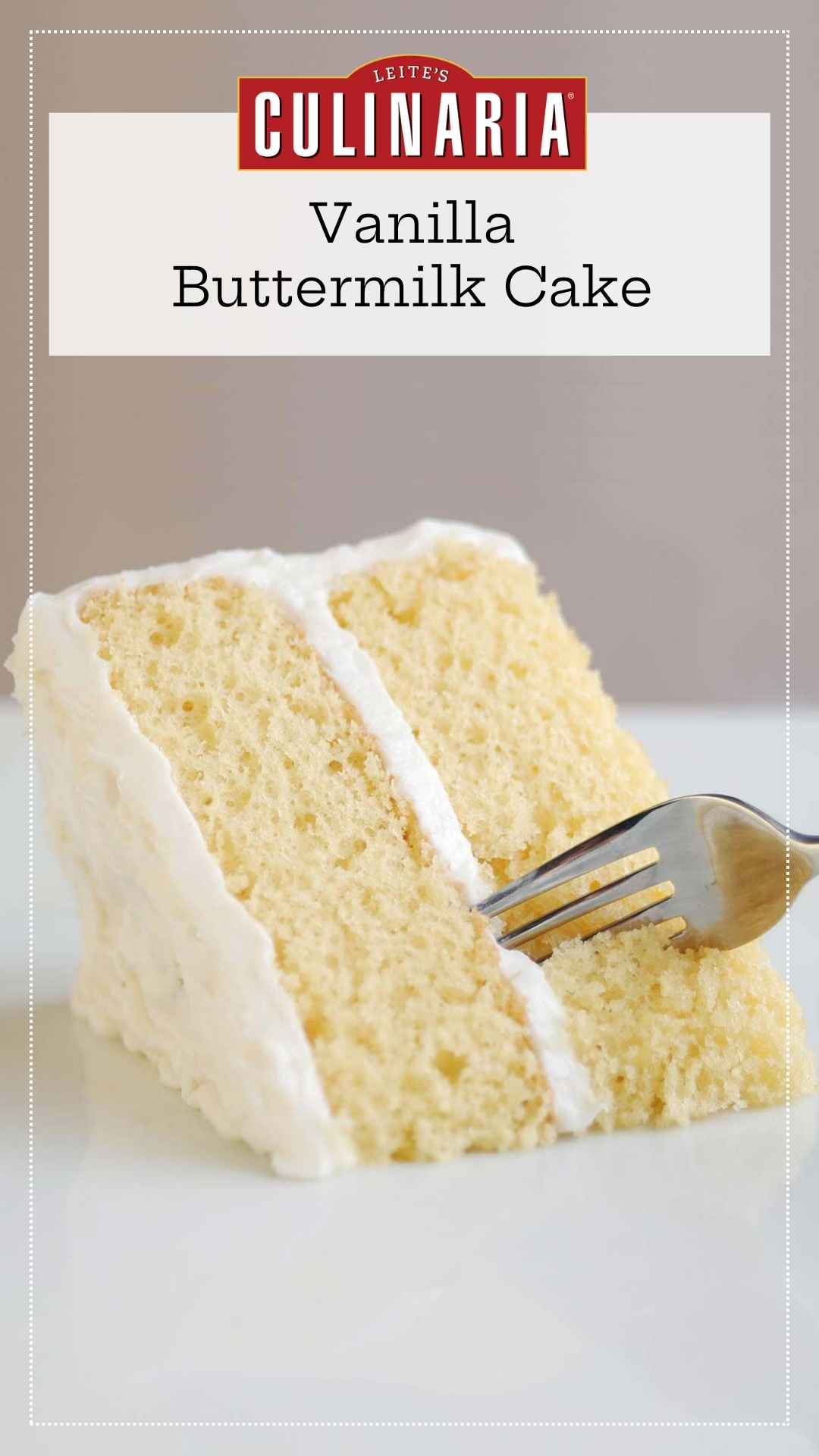
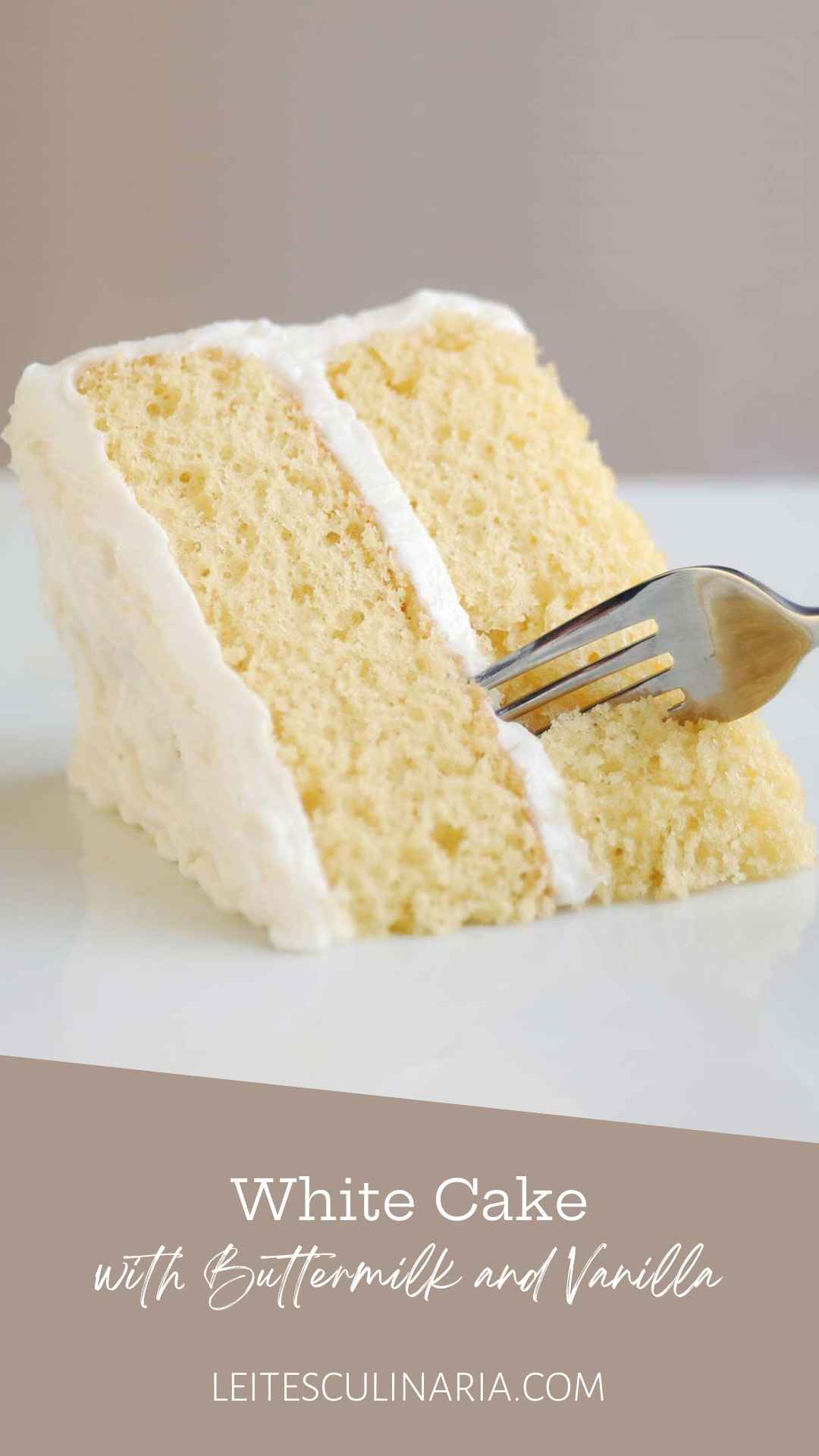
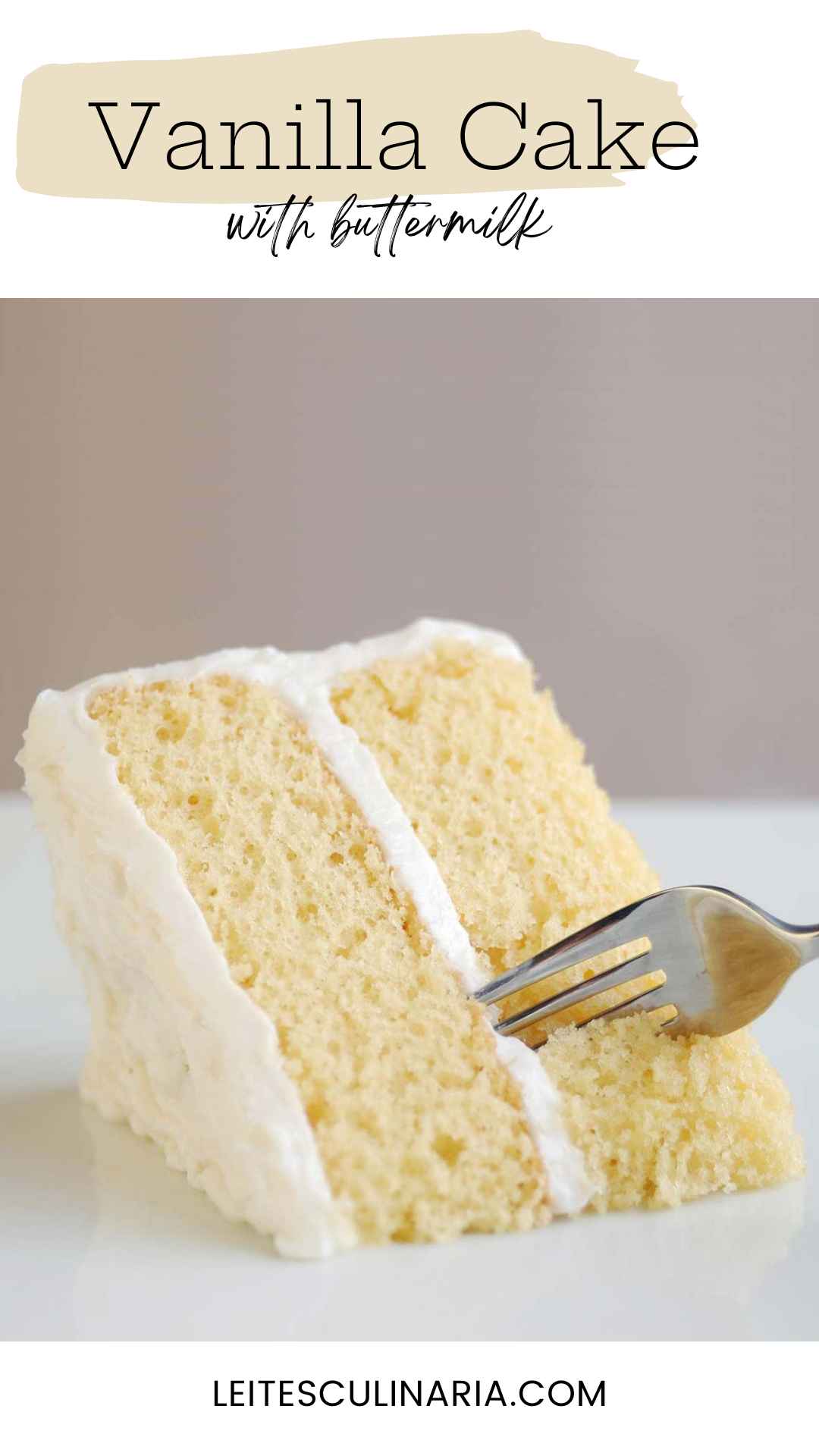
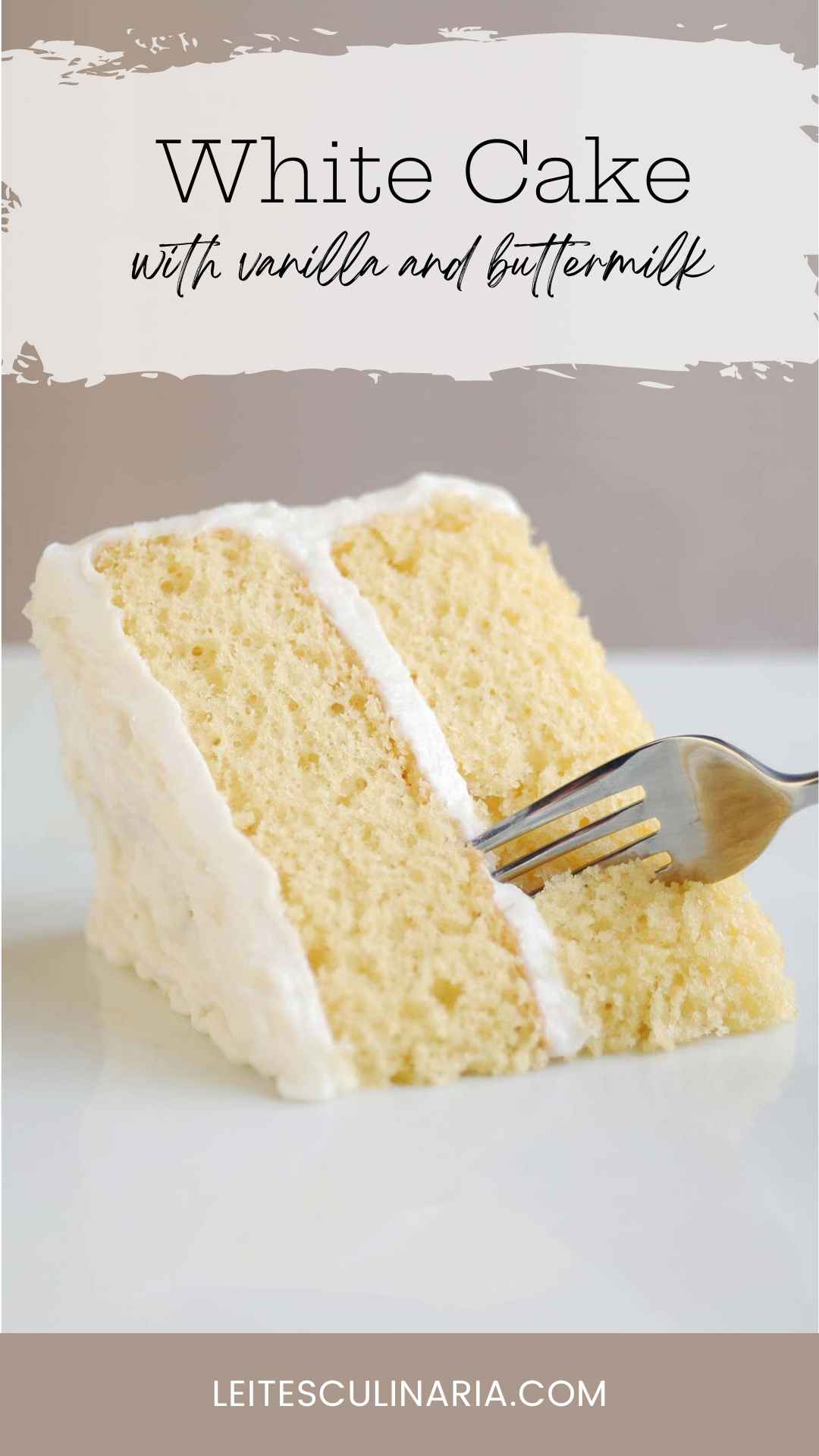
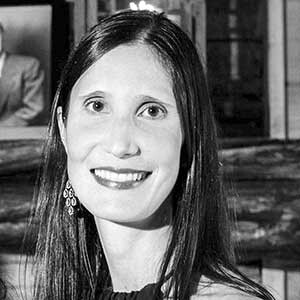

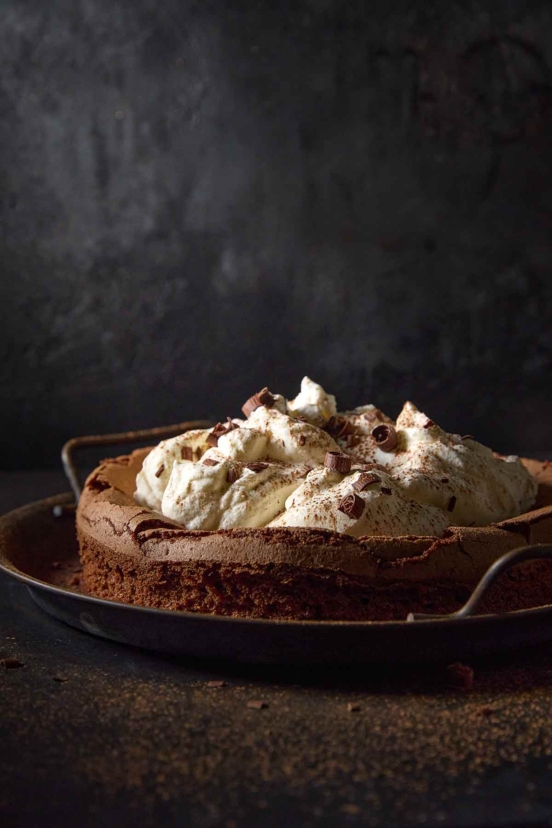
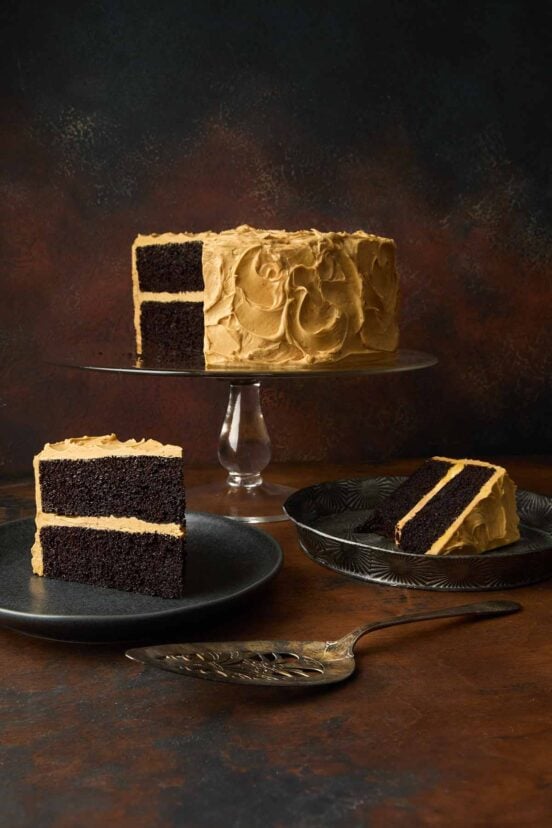
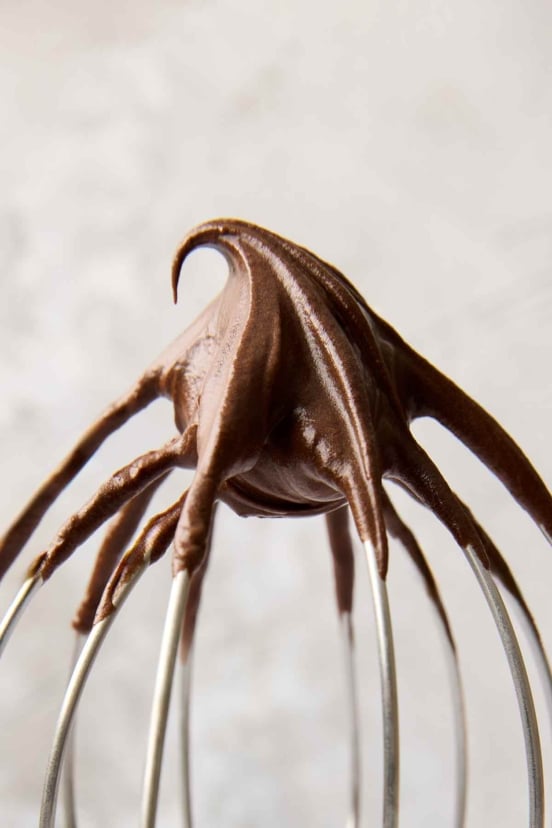









I added an extra tsp of baking powder and used 2 whole eggs plus 4 egg whites and clear vanilla and got a beautiful white, moist cake. Thanks so much for the starting point. I finally have the perfect white cake to go with my keylime frosting!
So lovely to know, Dawn! Glad we were able to help on your quest for the perfect white cake.
You did it, Dawn! Brilliant on being stingy with the yolks and using clear vanilla extract, which can be tricky to come by. Where do you source yours, may we ask?
And Dawn, will you be sharing that recipe for key lime frosting?!
I just finished using this recipe to bake cupcakes. I live in a place where cake flour is readily available, and substituted it for the all-purpose flour. However, my cupcakes came out a bit oily, and they sank in the middle. Can you tell me if there’s a common mistake I might be making, which has this effect, or is it likely only the change in flour? But it is by far, the most delicious cake (non-chocolate) I’ve EVER tasted! Now if I can just get the consistency/crumb right…
Thanks for sharing the goodness,
T.J.
Hi T.J., the substitution of the flour definitely could have been a factor in the middle of the cake sinking. Cake flour is more delicate (has a lower protein content) and therefore doesn’t build the same gluten structure as all-purpose flour. Also, make sure to use unbleached all-purpose flour, as it has more protein, making a sturdier cake.
I think this change alone should fix your problems. Let us know how it goes.
Thanks for the help, David. I made cupcakes with this recipe, which is probably why I thought it was too oily. The butter soaked the papers. The second time around, I reduced the butter to about 1 2/3 cup, and I used half all-purpose and half cake flour (I have bags and bags of cake flour–tipo 00 that I buy every time we drive down to Italy, which is why I was so determined to use cake flour). This time, the cupcakes came out perfectly! 🙂 I’m excited to try some with a vanilla buttercream frosting!
Cheers,
t.j.
T. J., nothing makes me happier than a happy reader/cook. And you’ve made me aware of a glaring omission: we have no vanilla buttercream recipe. That will be remedied soon.
What is the texture of this cake. And do you get a fairly high layer? Thanks.
Pearse, we asked Emily Lucchetti, and she explained that “it doesn’t have as fine a crumb or as delicate a texture as a genoise or sponge, and it holds up well to frostings but isn’t heavy.” And while it’s not a skinny cake, it’s not exceptionally lofty. Does that help?
Thanks for the reply. I think I should give it a try. It sounds good. The reviews says it’s delicious. The reason I asked about the structure and texture is I am crazy for tiered cakes. I can’t think of anything below 3 tiers. Thank you again for your reply.
Pearse
I think you should try it, too, Pearse. Emily Luchetti truly knows what she’s doing, and, well, you saw our recipe testers’ comments. And my curiosity is piqued by your cake-baking experience! Wherever did you cultivate this passion of yours?